Beyond the backpack: You’ll know the real traveller when you see it.
Travellers don’t just visit countries, they wear them in the creases of their backpacks and the spice under their nails. Here’s how to spot the real ones
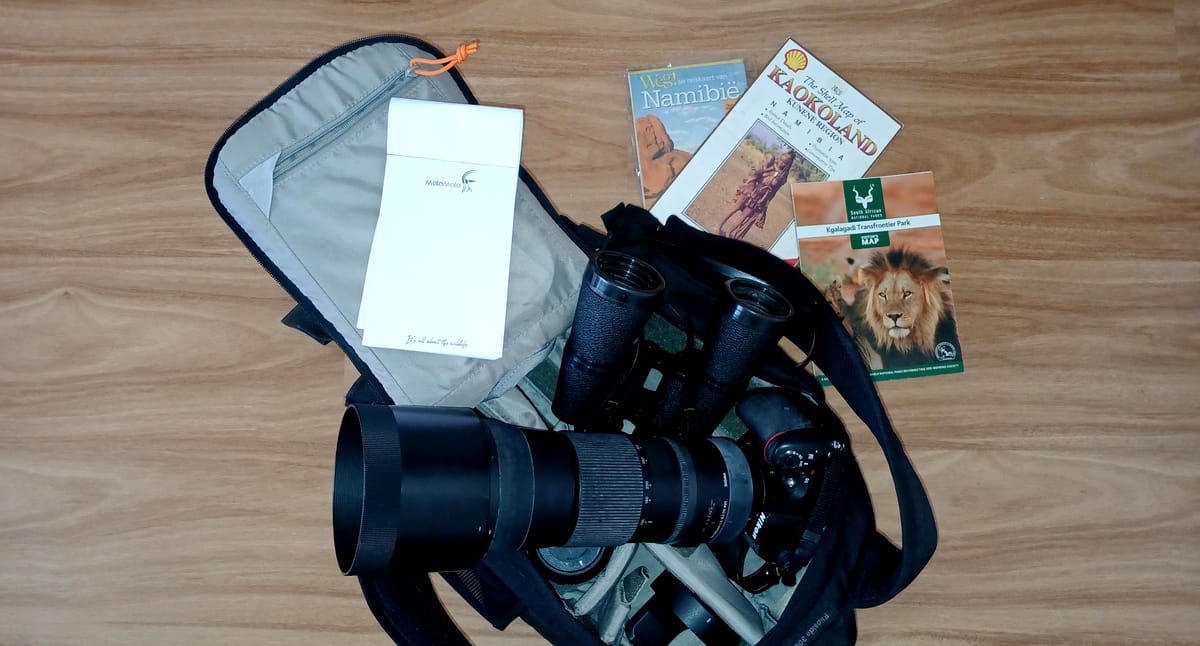
They are easy to spot. The traveller, not the tourist. There’s a difference, and you’ll know it when you see it. While tourists move in packs, clutching guidebooks and queueing for photos in front of statues they can’t name, the traveller is the slightly dusty one at the back, frowning at a local bus timetable and sipping something questionable from a chipped enamel cup.
A traveller is someone who has, at some point, used a shoelace to fix a backpack strap. They own three shirts, all quick-drying, and can smell a laundromat from 600 metres. You’ll find them in unexpected places - a roadside fruit stall in Maun, a chicken taxi near Zomba, or muttering over SIM card options at a Windhoek petrol station. Wherever they are, they’re just slightly out of sync with the locals, and yet, oddly camouflaged.

One of the most obvious signs is their footwear. Not impractical city shoes or brand-new hiking boots, but something that has clearly crossed time zones and stepped in things that would make customs agents twitch. These are shoes that have lived. They are held together with willpower and dried mud from three countries. No self-respecting traveller buys new shoes on the road unless absolutely forced to, and even then, they'll apologise to the old ones before binning them.
Next is their relationship with food. A traveller has eaten at least one thing without knowing what it was, usually without regret. They can debate the relative merits of nyama choma, pap, and a 2 am vetkoek from a roadside stand with the gravity of a wine sommelier.

They will insist that the best food is always found at a place that looks like it hasn’t been cleaned since the late 1980s, and they’re probably right. They carry reusable utensils, have an unhealthy loyalty to their travel mug, and know exactly how many hours it’s safe to eat a boiled egg without refrigeration.
Travellers do not carry luggage. They wear it like a second skin. There will be a sunhat tied to the side, an overworked water bottle dangling by a carabiner, and a long-suffering backpack that smells faintly of citronella and roasted peanuts.

If you ever ask a traveller what’s in their bag, they will look panicked. Not because it’s secret, but because they genuinely don’t remember. There is probably a stray flip-flop, a copy of a dog-eared novel, a broken headlamp, and a tangle of charging cables that haven’t worked since Lusaka.
The traveller is the person who walks confidently into a local market with a crumpled banknote, forgets which currency it is, and attempts to buy bananas in three languages at once. They do not always succeed. But they try. Their phrasebook skills are admirable, if limited, and usually involve creatively pronouncing the word for “toilet” or “beer”. In extreme cases, gestures are involved. Some of these become legendary.
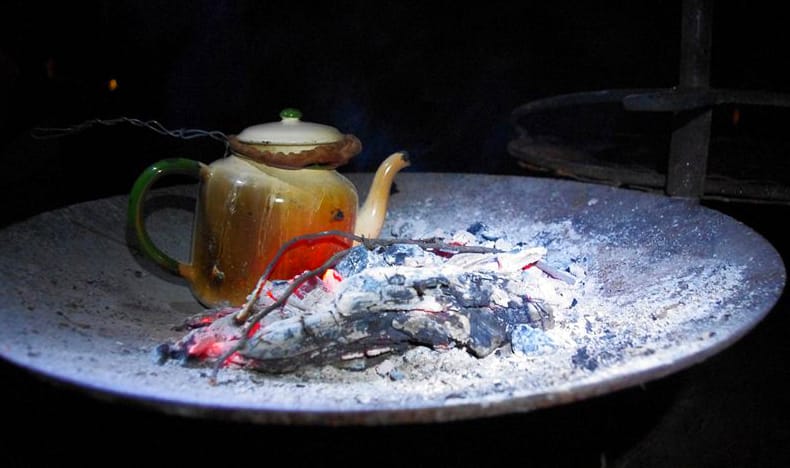
You can tell a traveller by their relationship with Wi-Fi. It is less of a need and more of a mystical pursuit. They can sniff out a signal like a truffle pig, hovering near restaurant counters, crouching behind coffee shops, or mysteriously gravitating toward the one tree in the park where the bar appears.
When they finally connect, it is not to post selfies. It is to message home that they are, in fact, alive and have not been eaten by a crocodile. Yet.
The traveller also has a weathered look. Not tired, exactly, just lightly sunburnt and vaguely amused. They wear clothes that don’t match but serve a purpose. Their face has that open expression that says, “Yes, I got lost in a rural taxi rank this morning and I’m now eating goat stew with strangers. And honestly, it’s going quite well.”


Most importantly, a traveller is curious. Not just about the scenery or the food, but about the ordinary. They notice how people greet each other, what’s painted on the side of taxis, and how the light falls in the late afternoon. They’ll ask questions like “Why are there so many plastic chairs in this country?” and “Is that really a donkey on the roof?” with genuine wonder.
So if you see someone buying mangoes by the roadside with a backpack full of sand and a sock full of coins, don’t be alarmed. They’ve probably crossed borders with no plan and plenty of snacks. They’ve showered under questionable plumbing and slept through donkey braying.
They’ve got stories, not souvenirs.
That’s not just a tourist. That’s a traveller. Handle them with curiosity and perhaps even a dash of bug spray.

• 𝙵𝚘𝚛 𝚜𝚝𝚘𝚛𝚢 𝚜𝚞𝚋𝚖𝚒𝚜𝚜𝚒𝚘𝚗𝚜 𝚘𝚛 𝚛𝚎𝚟𝚒𝚎𝚠𝚜, 𝚌𝚘𝚗𝚝𝚊𝚌𝚝 𝙼𝚊𝚛𝚒𝚊𝚗𝚊 𝚟𝚒𝚊 𝚎𝚖𝚊𝚒𝚕 (𝚎𝚍𝚒𝚝𝚘𝚛@𝚝𝚑𝚎𝚝𝚛𝚊𝚟𝚎𝚕𝚝𝚑𝚛𝚎𝚊𝚍.𝚌𝚘.𝚣𝚊).
• 𝙵𝚘𝚛 𝚙𝚊𝚛𝚝𝚗𝚎𝚛𝚜𝚑𝚒𝚙𝚜, 𝚖𝚊𝚛𝚔𝚎𝚝𝚒𝚗𝚐, 𝚘𝚛 𝚌𝚘𝚗𝚝𝚎𝚗𝚝 𝚎𝚗𝚚𝚞𝚒𝚛𝚒𝚎𝚜, 𝚌𝚘𝚗𝚝𝚊𝚌𝚝 𝙰𝚗𝚌𝚑𝚎𝚗 𝚟𝚒𝚊 𝚎𝚖𝚊𝚒𝚕 (𝚊𝚗𝚌𝚑𝚎𝚗@𝚒𝚘𝚕𝚘𝚐𝚞𝚎𝚖𝚎𝚍𝚒𝚊.𝚌𝚘𝚖) 𝚘𝚛 𝚜𝚎𝚗𝚍 𝚊 𝚆𝚑𝚊𝚝𝚜𝙰𝚙𝚙 𝚑𝚎𝚛𝚎.

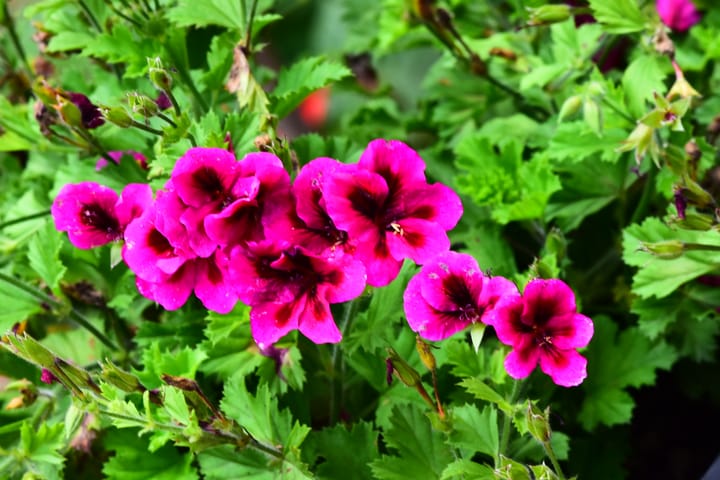
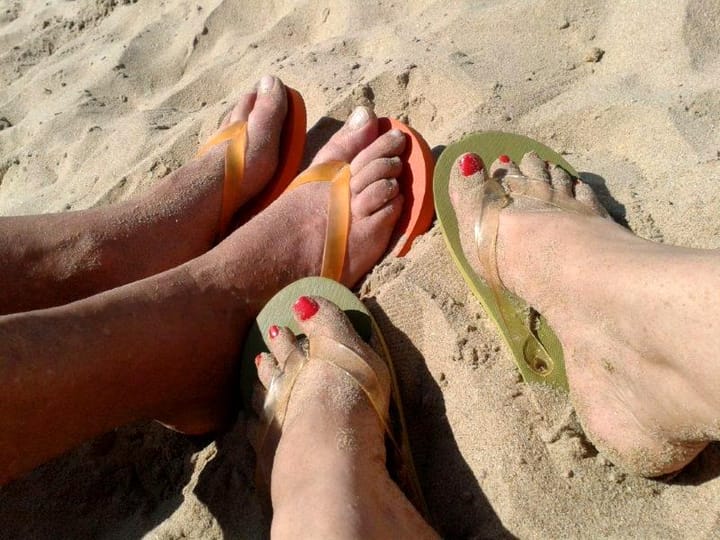
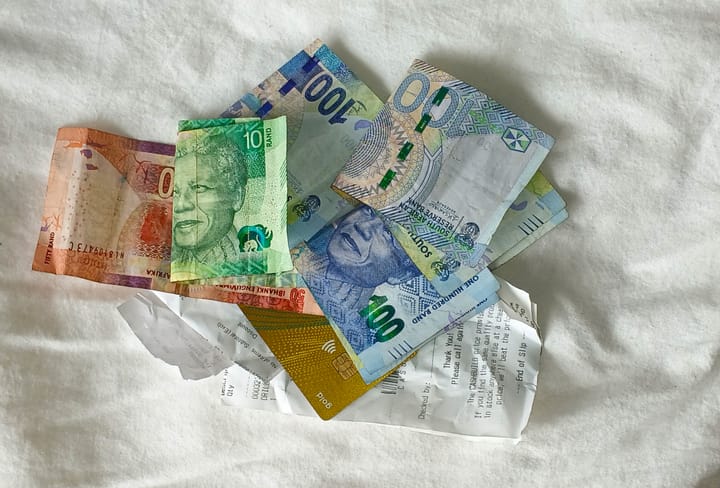
Comments ()